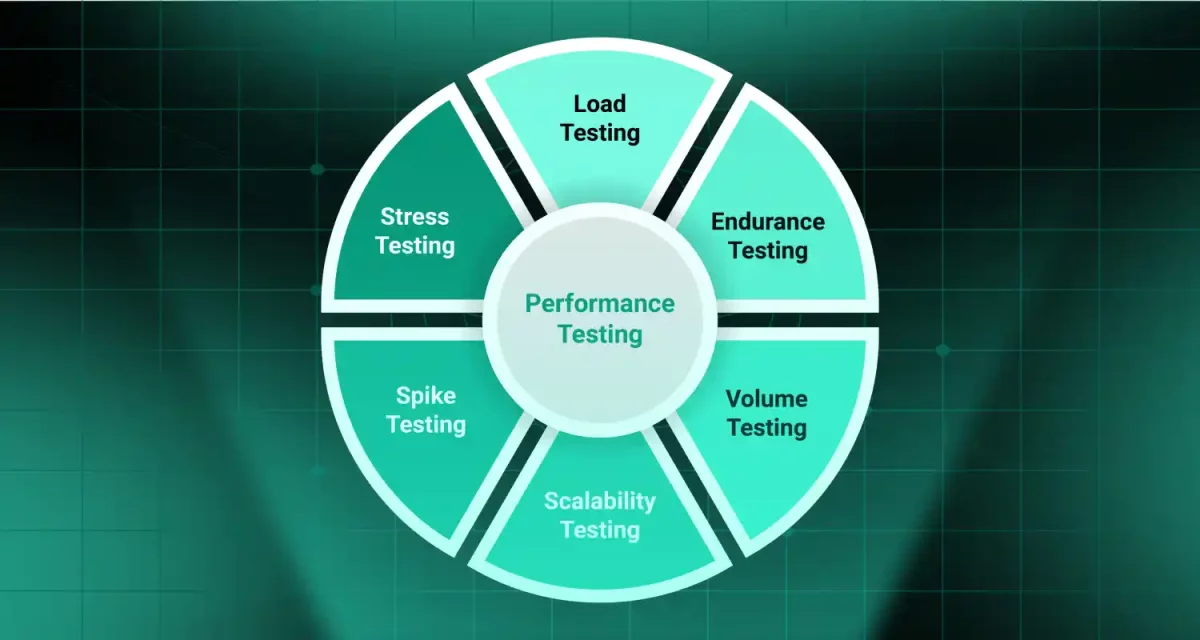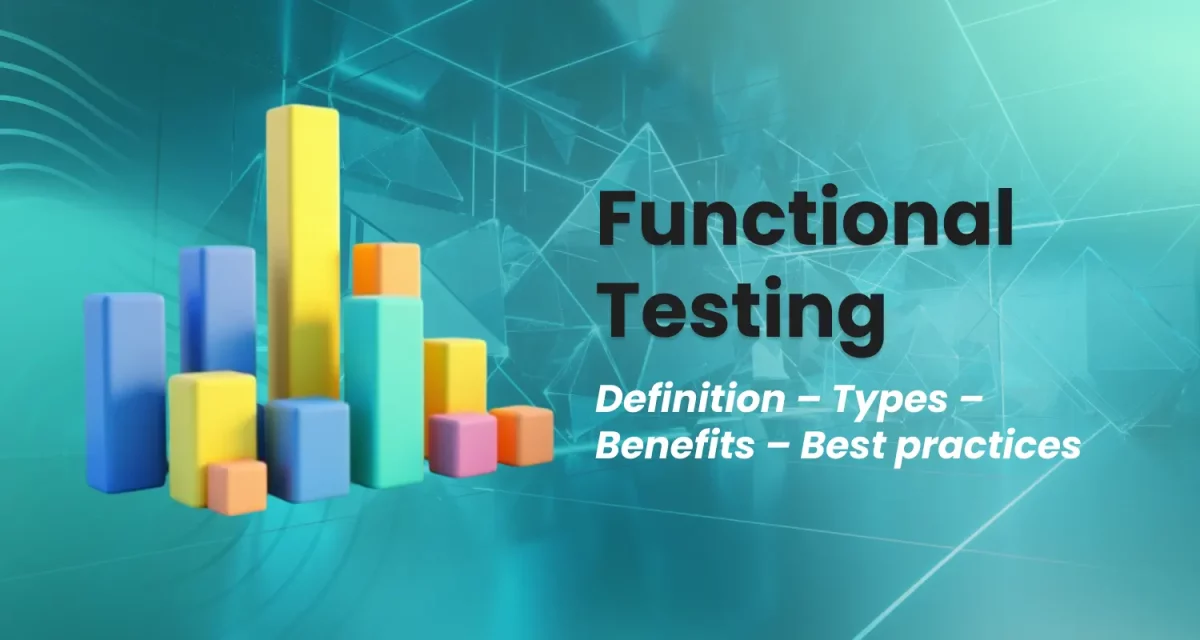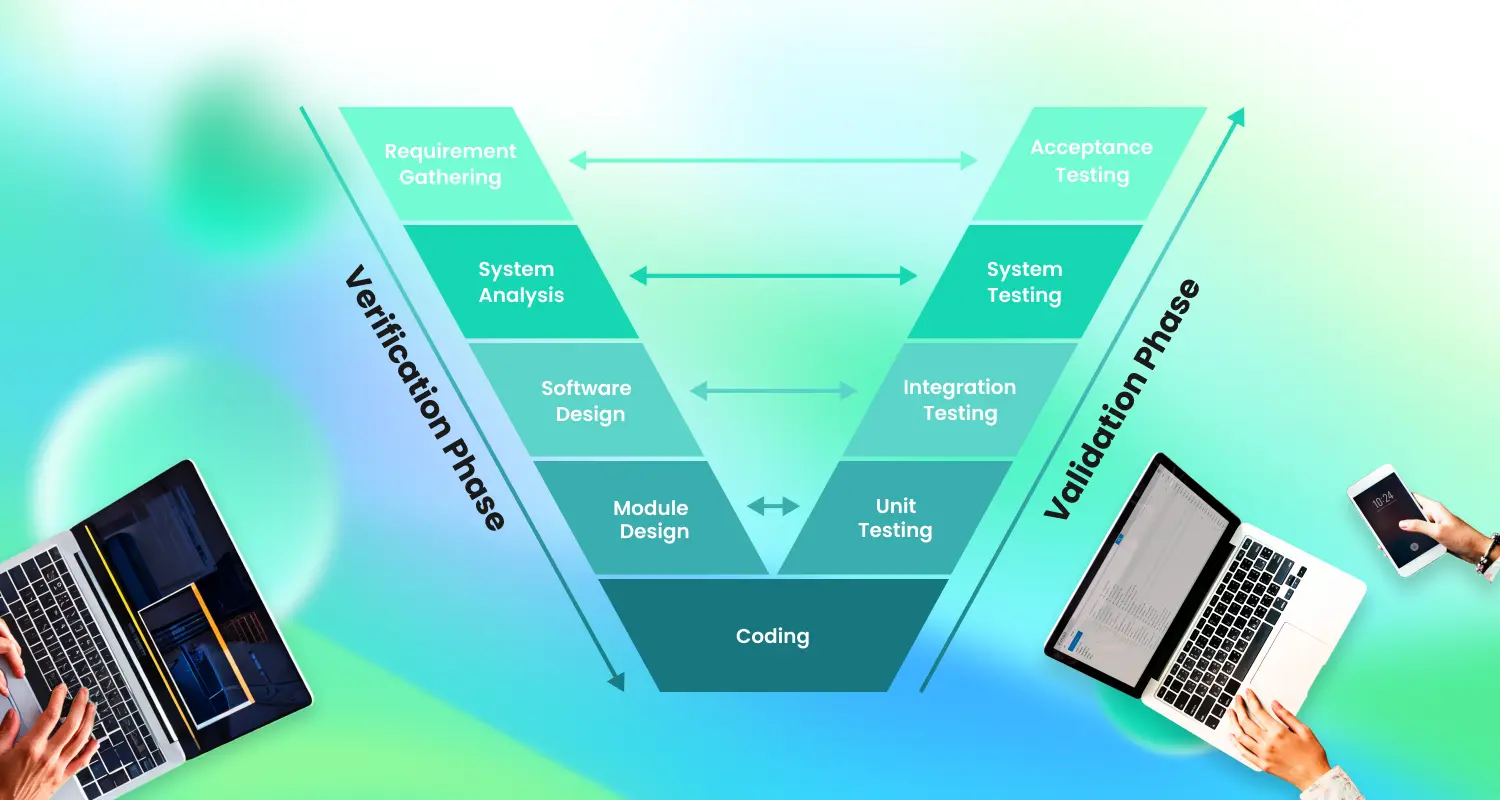
Delivering quality software demands a structured approach, and the Software Development Life Cycle (SDLC) provides that framework. Among methodologies, the V-Model excels with its focus on verification and validation, visually represented by its ‘V’ shape.
This article offers a comprehensive overview of V-Model software development, covering its principles, processes, advantages, and disadvantages. It serves as a valuable resource for software developers, project managers, quality assurance professionals, and students seeking to understand this structured SDLC methodology.
1. What is the V-Model software development?
The V-Model is a structured SDLC methodology that emphasizes verification and validation at each phase of development. Its core principle is that testing activities are planned in parallel with corresponding development stages, ensuring quality is built into the process from the start.
The ‘V’ shape visually represents the relationship between development and testing. The left side of the ‘V’ depicts the development phases, progressing from high-level requirements to detailed coding. The right side represents the corresponding testing phases, moving from unit testing to user acceptance testing. This symmetrical structure highlights how each development stage has a corresponding testing activity, ensuring that the product meets the defined requirements.
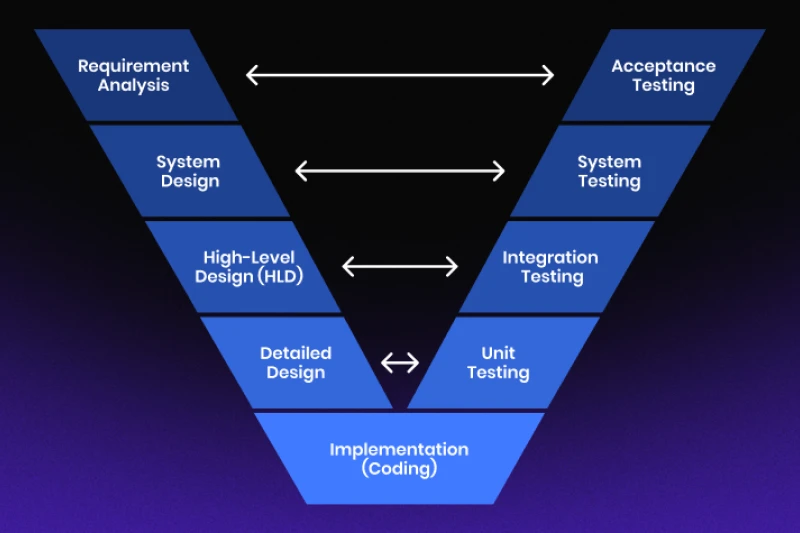
Historically, the V-Model software development evolved from the Waterfall model, adding a stronger focus on testing and quality assurance. It draws on concepts from Systems Engineering and has been influenced by figures like Barry Boehm, who emphasized the importance of early verification and validation.
At the heart of the V-Model are the concepts of verification and validation. Verification ensures that the software is built correctly (‘Are we building the product right?’), while validation ensures that it meets the user’s needs (‘Are we building the right product?’). These two concepts are fundamental to the V-Model, driving the parallel development and testing activities that characterize this methodology.
Read more >>> What is rapid application development Model?
2. The V-Model software development process: Detailed breakdown
2.1. Left side (Verification)
Business requirements analysis:
This is the initial phase where stakeholders define the project’s goals, objectives, and user needs. The focus is on understanding the what of the system. Requirements are gathered, documented, and analyzed to ensure clarity and completeness.
This phase aligns with the initial stages of the System Development Life Cycle (SDLC), setting the foundation for all subsequent development activities.
System design:
Here, the system’s overall structure and behavior are defined. This involves translating the business requirements into technical specifications, outlining how the system will function.
This stage has a close relationship with Systems Engineering, as it involves designing the system as a whole, considering its interactions with other systems and its operational environment.
Architectural design:
This phase focuses on defining the system’s high-level architecture, including its components, interfaces, and data flow. Decisions are made regarding technology choices and system structure.
Module design:
In this stage, the system is broken down into smaller, manageable modules. Detailed design specifications are created for each module, outlining its functionality and interactions.
Coding:
This is where the actual software code is written, based on the module design specifications. Developers implement the defined logic and functionality.
Need a Tech Partner Who Truly Gets Your Vision?
From strategy to execution, we`ll partner with you throughout development, delivering clarity, confidence, and measurable results. Get your free project estimate today.
Talk to Our Experts1.2. Right side (Validation)
Unit testing:
Individual modules are tested to ensure they function correctly. This phase directly corresponds to Module Design, verifying that each module meets its specifications.
Integration testing:
The integrated modules are tested to verify that they work together as intended. This phase relates to Architectural Design, ensuring that the system’s components interact correctly.
System testing:
The complete system is tested to ensure it meets the overall system design specifications. This phase corresponds to System Design, verifying that the system functions as a whole.
User acceptance testing (UAT):
The end-users test the system to ensure it meets their needs and business requirements. This phase directly relates to Business Requirements Analysis, validating that the system fulfills the initial goals.
1.3. Understanding the Validation and Verification phases in the V-Model
The V-Model‘s strength lies in its clear separation and parallel execution of verification and validation. Verification, on the left side, focuses on ensuring the design and code are correct at each stage. It asks, ‘Are we building the product right?’ Validation, on the right side, focuses on ensuring the product meets the user’s needs and business requirements. It asks, ‘Are we building the right product?’
By linking each development phase with a corresponding testing phase, the V-Model software development facilitates early defect detection and ensures a high-quality final product. This pairing also creates a strong traceability throughout the project.
Looking for a Tech Partner Who Delivers Real Results?
We provide tailored IT solutions designed to fuel your success. Let`s map out a winning strategy. Starting with a free consultation.
Connect with an ExpertRead more >>> Spiral Model in Software Development | Definition, Advantages, Disadvantages & Six Invariants
3. Key aspects of V-Model methodology
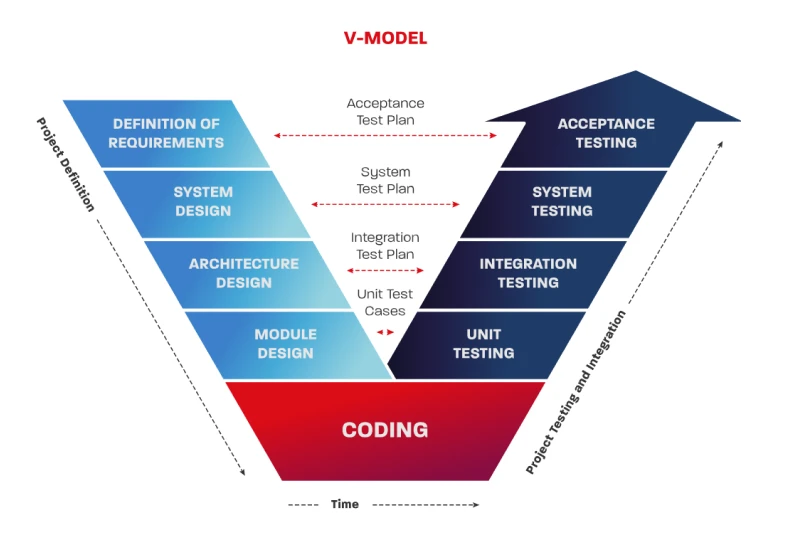
3.1. Emphasis on planning and documentation
A cornerstone of the V-Model is its strong emphasis on meticulous planning and comprehensive documentation. Before any development begins, detailed plans are created for each phase, outlining objectives, deliverables, and testing procedures.
Thorough documentation is maintained throughout the project, capturing requirements, design specifications, test plans, and results. This rigorous approach ensures clarity, traceability, and consistency, reducing ambiguity and facilitating effective communication among team members. Detailed documentation also greatly aids in maintenance and future updates.
3.2. Sequential flow and rigid structure
The V-Model follows a strict sequential flow, where each phase must be completed before the next one can begin. This rigid structure provides a clear roadmap for the project, but also limits flexibility. Changes or modifications to requirements can be challenging and costly to implement once a phase is completed. This sequential nature makes the V-Model best suited for projects with stable and well-defined requirements.
3.3. Importance of quality assurance at each stage
Quality Assurance (QA) is integral to the V-Model, with testing activities planned and executed in parallel with development. This ensures that defects are identified and addressed early in the process, minimizing the risk of costly rework later on. Each phase has specific QA activities associated with it, from requirements reviews to unit testing and user acceptance testing. This proactive approach to quality ensures that the final product meets the defined standards and user expectations.
3.4. Project management considerations within the V-Model
Project management in the V-Model requires careful planning and coordination to ensure adherence to the sequential flow. Project managers must closely monitor progress, manage resources, and track deliverables to maintain the project schedule. The emphasis on documentation facilitates project tracking and communication. Risk management is also critical, as any deviations from the planned sequence can impact the entire project.
Due to its rigid structure, the V-Model is best suited for projects where scope and requirements are well-defined and stable, allowing project managers to establish a clear and predictable timeline. Effective communication between development and testing teams is also essential for successful project execution.
Looking for a Tech Partner Who Delivers Real Results?
We provide tailored IT solutions designed to fuel your success. Let`s map out a winning strategy. Starting with a free consultation.
Connect with an ExpertRead more >>> 9 Powerful Benefits of SaaS: Why Businesses Are Making the Switch
4. V-Model advantages and disadvantages

Understanding the benefits and drawbacks of the V-Model methodology is essential for determining its suitability in various software development scenarios.
4.1. Advantages of V-Model software development
Clarity and simplicity:
The V-Model’s straightforward structure and clear phases make it easy to understand and implement. This clarity reduces ambiguity and facilitates effective communication among team members.
Early defect detection:
By pairing each development phase with a corresponding testing phase, the V-Model enables early detection of defects. This proactive approach minimizes the risk of costly rework later in the development cycle.
Well-defined phases and deliverables:
Each phase in the V-Model has clearly defined inputs, outputs, and deliverables. This structured approach ensures that all necessary tasks are completed and that progress can be easily tracked.
Suitability for projects with stable requirements:
The V-Model is particularly well-suited for projects where requirements are clearly defined and unlikely to change significantly. This stability allows for effective planning and execution.
4.2. Disadvantages of V-Model software development
Lack of flexibility:
The V-Model’s rigid sequential structure limits its flexibility. Changes or modifications to requirements can be challenging and costly to implement once a phase is completed.
Difficulty in accommodating changes:
Due to its sequential nature, the V-Model struggles to accommodate changes in requirements or scope. Any changes typically require significant rework and can disrupt the project schedule.
Potential for late defect discovery if requirements are flawed:
If the initial requirements are flawed, those flaws may not be detected until the User Acceptance Testing phase. This can result in significant rework and delays.
Not optimal for projects with rapidly changing requirements:
In projects where requirements are expected to evolve rapidly, the V-Model’s rigid structure can hinder progress and lead to inefficiencies. Agile methodologies are generally more suitable for such projects.
5. When to use the V-Model in software engineering projects

5.1. Projects with clearly defined and stable requirements
The V-Model thrives in environments where project requirements are well-documented and unlikely to change significantly throughout the development lifecycle. This stability allows for effective planning and execution, as the sequential nature of the V-Model relies on a solid foundation of unchanging requirements. If you know exactly what you need to build from the outset, the V-Model’s structure can provide a clear and efficient path to completion.
5.2. Safety-critical systems (e.g., Medical Devices, Aerospace)
For systems where failure could have severe consequences, such as medical devices, aerospace systems, or nuclear power plant controls, the V-Model’s rigorous verification and validation processes are invaluable. The emphasis on thorough testing at each stage ensures that potential defects are identified and mitigated early, minimizing the risk of catastrophic failures. The V-Model’s traceability and documentation also support stringent regulatory requirements in these industries.
5.3. Projects with strict compliance requirements
Many industries, such as finance, healthcare, and government, are subject to strict compliance regulations. The V-Model’s emphasis on documentation and traceability makes it well-suited for projects that must adhere to these regulations. The detailed documentation produced throughout the V-Model’s lifecycle provides a clear audit trail, demonstrating compliance with relevant standards and guidelines.
6. Comparison between V-Model and Agile development
6.1. Key differences in approach and philosophy
The V-Model and Agile development represent fundamentally different approaches to software development. The V-Model is a sequential, plan-driven methodology that emphasizes thorough planning, documentation, and rigorous testing. It follows a linear progression, with each phase completed before moving to the next.
In contrast, Agile is an iterative and incremental methodology that prioritizes flexibility, collaboration, and rapid response to change. It breaks down the project into smaller, manageable iterations, with continuous feedback and adaptation.
6.2. Flexibility vs. structure
The V-Model is characterized by its rigid structure, which provides a clear roadmap but limits flexibility. It excels in projects where requirements are stable and well-defined.
Agile, on the other hand, is highly flexible and adaptable. It embraces change and allows for adjustments throughout the development process. This flexibility makes Agile suitable for projects with evolving requirements or uncertain environments.
6.3. Adaptability to change
Adaptability to change is where Agile truly shines. Agile methodologies are designed to accommodate changing requirements and user feedback. Iterations allow for adjustments and refinements, ensuring that the final product meets the evolving needs of stakeholders.
In contrast, the V-Model struggles with change. Modifications to requirements can be costly and disruptive, often requiring significant rework and delays. Therefore, the V-Model is best suited for projects where changes are minimal.
|
Feature
|
V-Model
|
Agile Development
|
|
Approach
|
Sequential, plan-driven
|
Iterative, incremental
|
|
Flexibility
|
Low
|
High
|
|
Adaptability
|
Limited
|
High
|
|
Requirements
|
Stable, well-defined
|
Evolving, uncertain
|
|
Testing
|
Planned in parallel with development
|
Integrated throughout iterations
|
|
Documentation
|
Extensive, upfront
|
Minimal, just-in-time
|
|
Change Management
|
Difficult, costly
|
Embraces change
|
|
Best For
|
Safety-critical systems, stable projects
|
Projects with changing requirements, dynamic environments
|
|
Feedback
|
Primarily at UAT
|
Continuous, throughout iterations
|
Choosing between the V-Model and Agile depends on the specific needs of the project. If you require a structured, predictable approach with minimal changes, the V-Model software development may be suitable. If you need flexibility, adaptability, and rapid response to change, Agile is likely a better choice.
7. Practical application: How does the V-Model work in software development?
The V-Model shines in industries where precision, reliability, and strict adherence to standards are paramount. Here are a few examples:
Aerospace systems:
Developing flight control software for aircraft requires meticulous planning and rigorous testing. The V-Model’s structured approach ensures that every component is thoroughly verified and validated, minimizing the risk of catastrophic failures.
Medical device software:
Medical devices, such as pacemakers or MRI machines, must comply with strict regulatory requirements. The V-Model’s detailed documentation and traceability support these requirements, ensuring patient safety and regulatory compliance.
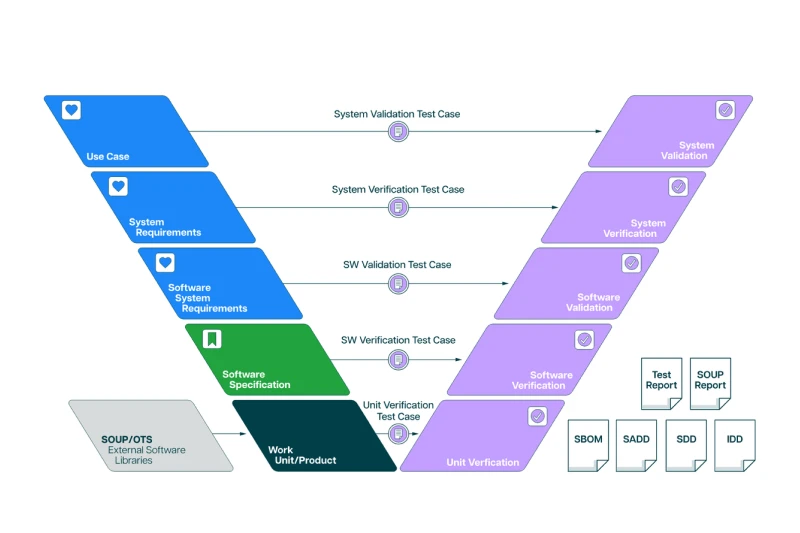
Automotive embedded systems:
Developing software for automotive systems, such as anti-lock braking systems (ABS) or electronic stability control (ESC), requires a high level of reliability and safety. The V-Model‘s rigorous testing approach helps ensure that these systems function flawlessly in critical situations.
Government and defense systems:
Large-scale government and defense projects often involve complex systems with stringent requirements. The V-Model provides a structured framework for managing these projects, ensuring that they are delivered on time and within budget.
8. The bottom lines
The V-Model software development is a structured approach to software development, prioritizing verification and validation through parallel development and testing phases. It excels in projects with stable requirements, especially in safety-critical and compliance-driven industries, offering clarity and early defect detection.
However, its rigidity limits flexibility in dynamic environments. Choosing the right methodology—V-Model or Agile—depends on project needs. If reliability is key, the V-Model is strong; for adaptability, consider Agile. Share your experiences, ask questions, and share this article to continue the learning journey.



